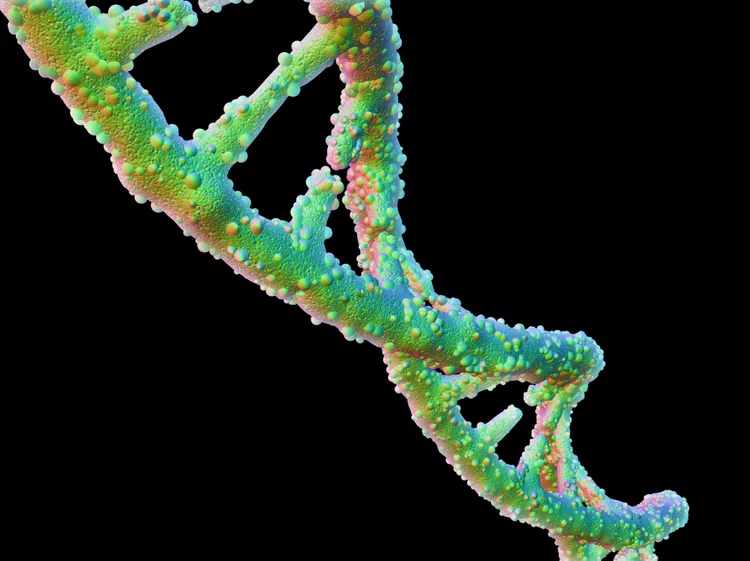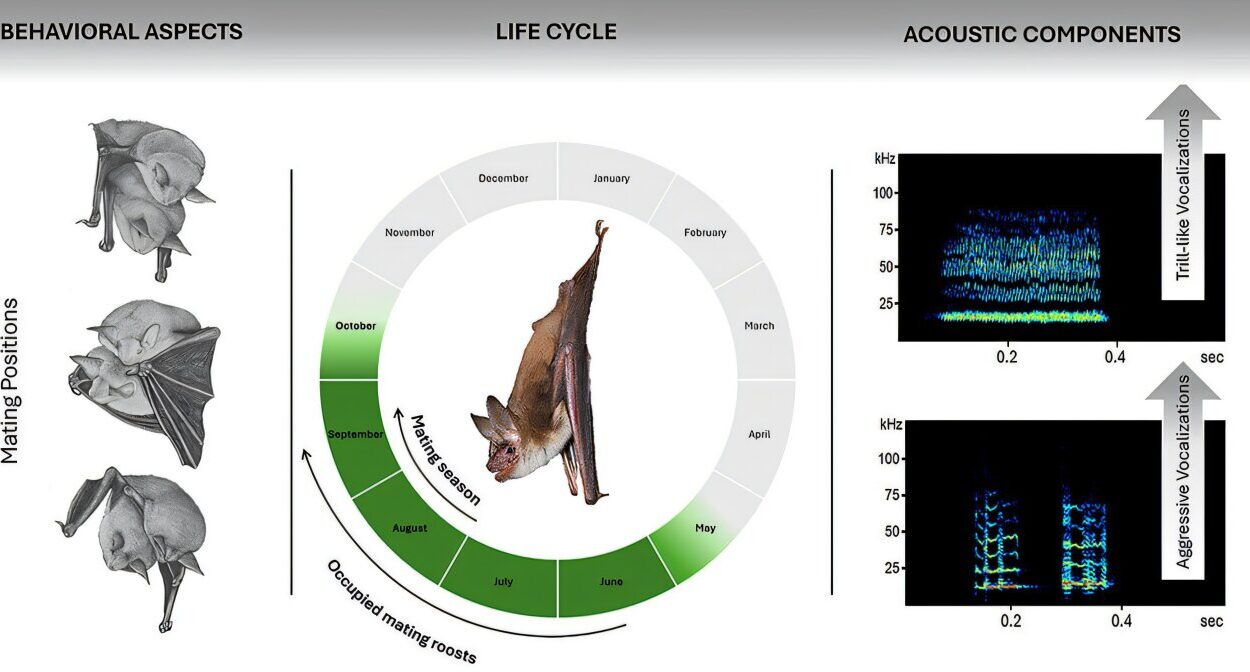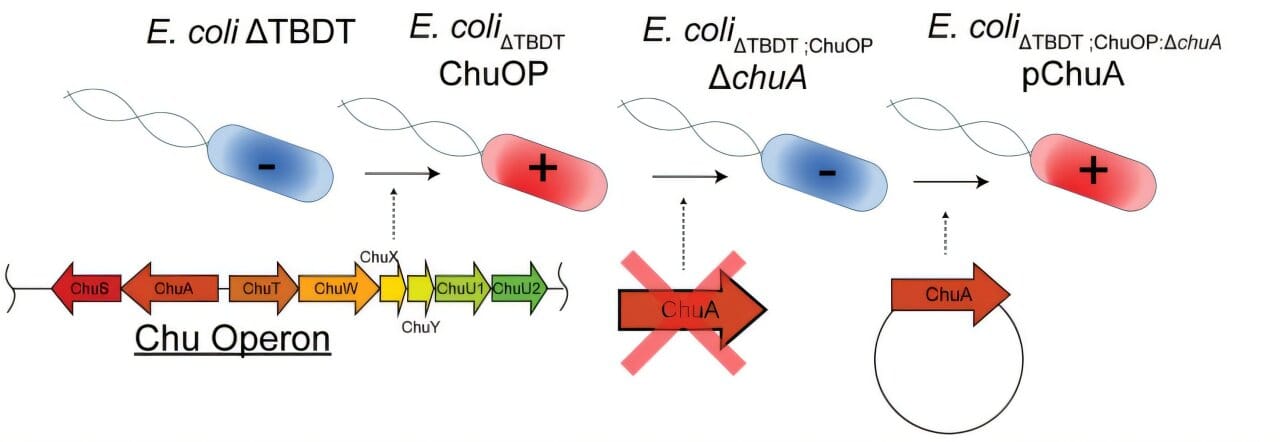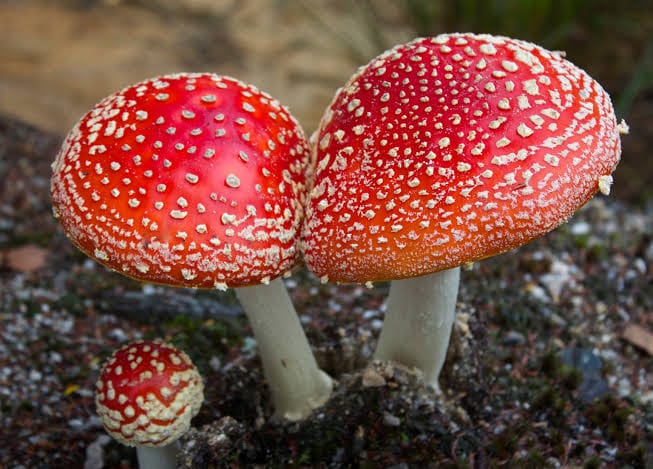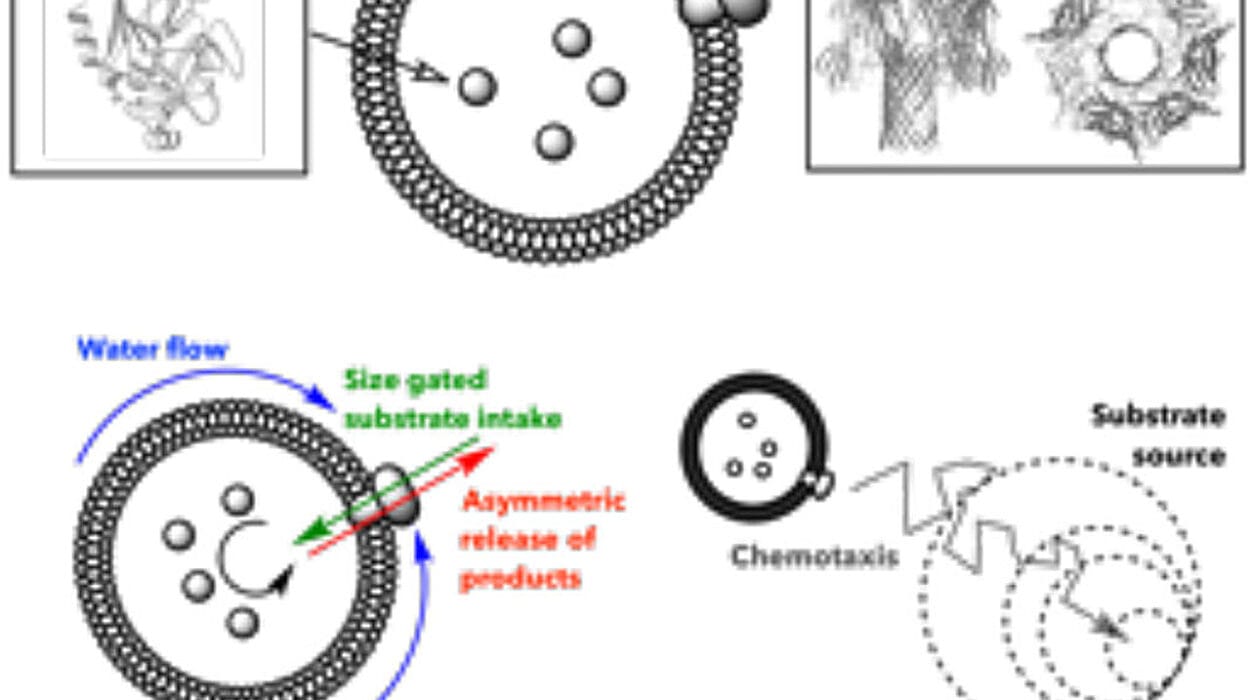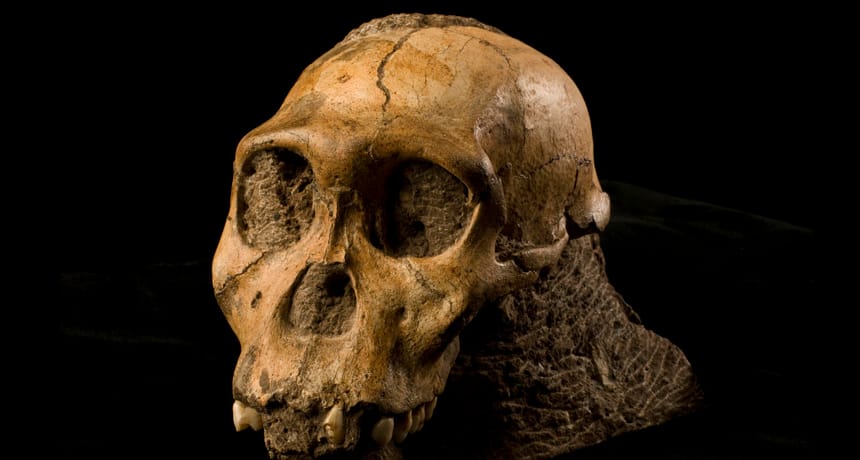Within every living being—whether it swims, walks, flies, or grows rooted in the ground—there lies a hidden code. It is not etched in stone or written in ink but woven into the very molecules of our cells. This code is made of genes, and genes are the quiet architects of life.
Long before we understood what they were, genes were shaping the world. They sculpted the beaks of finches and the colors of butterfly wings. They built the vast forests, the smallest bacteria, and the extraordinary complexity of the human brain. And they continue, silently and ceaselessly, to guide the unfolding story of life on Earth.
To understand evolution—the grand narrative of life’s change over time—we must understand genes. They are the raw material of natural selection, the mechanisms through which traits are passed on, and the hidden writers behind nature’s masterpieces. Without genes, evolution would be impossible. Without evolution, genes would have no story to tell.
The Discovery of Genes: A Tale Written in Peas and Particles
In the 1800s, long before the structure of DNA was known, a quiet Austrian monk named Gregor Mendel tended his pea plants in a monastery garden. By carefully crossbreeding them and recording how traits were inherited, he discovered basic rules of heredity. He found that traits followed predictable patterns, governed by invisible “factors” that we now call genes. His work went largely unnoticed until decades later, when science was finally ready to hear what he had seen.
By the mid-20th century, scientists had unraveled the secret of those “factors.” DNA, a spiraling double helix of molecules, was revealed as the carrier of genetic information. Each strand was made up of nucleotides—adenine, thymine, guanine, and cytosine—arranged in precise sequences. These sequences formed genes, which carried instructions for building proteins, the molecules that perform most of life’s essential tasks.
Genes, it turned out, were not just abstract rules. They were real, tangible strands of code written in the language of chemistry. And they were passed from parent to offspring, generation after generation, forming the biological bridge across time.
Genes as the Engine of Inheritance
At its core, evolution is about change over time. But for any change to persist, it must be passed on. This is where genes come in. When organisms reproduce, they pass on copies of their genes to their offspring. These genes determine everything from the color of a flower’s petals to the shape of a bird’s wing to the way a neuron fires in the brain.
Each organism inherits a combination of genes from its parents. Sometimes the combination is identical to the parents’. But often, it is subtly different. These differences arise because of mutations—small, random changes in the DNA sequence. Some mutations are caused by errors during DNA replication. Others may be triggered by environmental factors, like radiation or chemicals. Most mutations have little effect. Some are harmful. But a few are beneficial, giving the organism an advantage in survival or reproduction.
When a beneficial mutation occurs, and it allows an organism to survive better in its environment, that gene is more likely to be passed on to the next generation. Over time, such advantageous genes become more common in the population. This is the essence of natural selection, and it is through this mechanism that evolution operates.
Mutation: Nature’s Brushstroke
Mutations are often misunderstood as destructive flaws or dangerous errors. In reality, they are the very fuel of evolution. Every new trait, from the camel’s hump to the electric organs of eels, began as a mutation. These tiny changes in DNA—sometimes as small as a single letter in the genetic code—can lead to dramatic changes in an organism’s appearance, behavior, or physiology.
Sometimes mutations create entirely new versions of a gene, called alleles. For example, a mutation in a gene for pigment production might result in lighter-colored fur. In an environment where lighter fur offers better camouflage, individuals with that gene may survive more easily and have more offspring. Over time, that gene could become widespread in the population, transforming the species’ appearance.
Other mutations might affect genes that regulate development, turning on or off whole networks of other genes. These “master switches” can cause profound changes—altering limb length, body shape, or even how many eyes an organism develops.
Importantly, mutations do not occur in response to need. They are random. Evolution does not plan or aim; it explores. It generates countless variations, most of which go nowhere. But occasionally, a variation strikes the right note, and life’s symphony changes key.
Genes, Genomes, and the Symphony of Complexity
A single gene can influence a trait, but most traits are controlled by networks of genes acting together. The human genome, for instance, contains about 20,000 protein-coding genes. But these do not work in isolation. They are part of vast regulatory systems, turning each other on and off, responding to signals from the environment, and adjusting to the needs of the organism.
In this way, evolution is not just the tweaking of isolated genes but the reshaping of entire networks. As species evolve, their genomes change—not only in the content of their genes but in the timing, location, and quantity of gene expression. This is called gene regulation, and it plays a central role in how evolutionary change unfolds.
For example, the difference between a chimpanzee and a human is not primarily in the genes themselves—many of our genes are nearly identical—but in how those genes are used. Small changes in regulation can have enormous consequences. A gene expressed for a longer time, or in a different tissue, can lead to new traits that natural selection can act upon.
This level of complexity explains why evolution can be both gradual and explosive. Over millions of years, tiny genetic shifts accumulate. But sometimes, a regulatory mutation opens the floodgates for dramatic change, leading to new body plans, behaviors, or adaptations.
Genetic Drift and the Random Dance of DNA
While natural selection is often portrayed as the star of evolution, it is not the only force at work. Sometimes, genes change in frequency not because they are beneficial, but because of chance. This is called genetic drift, and it is especially powerful in small populations.
Imagine a population of beetles with both green and brown coloration. If a flood randomly wipes out most of the green beetles—not because they were less fit, but simply due to bad luck—the brown coloration may become dominant. Over time, such random events can shape the genetic makeup of populations, independent of natural selection.
Genetic drift reminds us that evolution is not a directed process. It is a dance between order and chaos, structure and spontaneity. While selection sculpts based on fitness, drift can erase or amplify traits purely by accident. Together, they form the two hands of evolutionary change.
Horizontal Gene Transfer and the Genetic Web of Life
Not all genetic change is vertical—from parent to child. In the microbial world, genes can also move horizontally, jumping from one organism to another. This is called horizontal gene transfer, and it plays a major role in the evolution of bacteria and archaea.
Through mechanisms like transformation (taking up DNA from the environment), conjugation (DNA exchange between cells), and transduction (DNA transfer by viruses), microbes can acquire new genes quickly. This allows bacteria to adapt rapidly—gaining antibiotic resistance, new metabolic pathways, or the ability to infect different hosts.
Surprisingly, horizontal gene transfer isn’t limited to microbes. Over evolutionary time, even plants and animals have occasionally acquired foreign genes—perhaps from viruses or symbiotic partners. This challenges the traditional “tree” of evolution, suggesting a more complex web where genes sometimes leap between branches.
The Gene Pool and the Pulse of Populations
At the population level, evolution can be understood as changes in the gene pool—the collective set of genes in a population. When the frequency of an allele changes over generations, evolution is occurring.
Scientists use population genetics to study these changes. They analyze how selection, mutation, migration, and drift interact to shape genetic diversity. Populations that become isolated—by geography, behavior, or other barriers—can diverge genetically, eventually forming new species. This process, called speciation, is how the diversity of life grows.
Genetic variation is crucial for evolution. A population with high genetic diversity is more resilient, better able to adapt to changing environments. Conversely, inbreeding and low diversity can increase vulnerability to disease and extinction. Conservation biologists now recognize that preserving genetic diversity is as important as protecting habitats or species.
Molecular Clocks and the Echoes of Ancient Genes
Genes do more than shape the present—they preserve the past. Because mutations occur at relatively predictable rates, scientists can use DNA as a molecular clock to estimate when species diverged from common ancestors.
By comparing gene sequences across species, researchers can reconstruct evolutionary relationships, building “family trees” that reveal deep connections. Humans, for example, share a common ancestor with chimpanzees about 6 to 7 million years ago. We share even older ancestors with monkeys, mammals, reptiles, and—if we go far enough—bacteria.
Some genes are so ancient and essential that they have barely changed over billions of years. These “conserved genes” perform critical functions in cells, such as DNA replication, energy production, or protein synthesis. Their presence in every form of life is a powerful reminder that we all descend from a common origin—one that began over 3.5 billion years ago in the primeval seas.
Epigenetics and the Ghosts in Our Genes
In recent years, scientists have discovered that genes are not the whole story. Environmental factors can influence how genes are expressed—without changing the DNA sequence itself. This is the science of epigenetics, and it adds a fascinating layer to our understanding of evolution.
Chemical tags, like methyl groups, can attach to DNA or proteins, turning genes on or off. These tags can be influenced by diet, stress, toxins, or experiences. In some cases, epigenetic changes can be passed to offspring, allowing organisms to “inherit” a memory of past environments.
Epigenetics blurs the boundary between nature and nurture. It shows that genes are dynamic, responsive, and intertwined with the world around us. While traditional evolution emphasizes slow genetic change, epigenetics suggests that organisms may sometimes adapt more quickly—though whether such changes persist over long evolutionary timescales is still under investigation.
Genes, Evolution, and the Future of Life
Today, humanity stands at a crossroads. We have mapped the human genome, edited genes with CRISPR, and engineered organisms in the lab. We can resurrect ancient DNA and design synthetic life. Never before have we held such power over the genetic code.
Yet with power comes responsibility. Our genes are not separate from the rest of life—they are part of a shared history billions of years in the making. When we alter genes, we are participating in evolution itself, not as observers, but as agents.
Understanding the role of genes in evolution is not just an academic pursuit. It informs medicine, agriculture, conservation, and ethics. It helps us combat disease, preserve endangered species, and understand who we are.
As climate change, habitat loss, and global crises accelerate, the evolutionary future of life on Earth may depend not only on natural selection but on the choices we make. Will we honor the wisdom written in genes? Will we protect the fragile networks of diversity and adaptation? Or will we rewrite evolution in our own image?
The Code That Connects Us All
In the end, genes are not just molecules. They are memory. They are possibility. They are the bridge between what has been and what could be. Through mutation, selection, drift, and time, genes give rise to eyes that see, wings that soar, and minds that wonder.
Every living thing carries within it the echoes of its ancestors, written in the silent script of DNA. From the first single-celled life to the complexity of ecosystems, genes have been the language through which life speaks and changes.
Evolution is not a ladder. It is not progress toward perfection. It is a branching, twisting, tangled tree of life, with genes as its sap, its roots, and its leaves. It is shaped by struggle, chance, and beauty. And at its heart are genes—faithful scribes of life’s long, unfinished poem.
In every heartbeat, every breath, every new life, the story continues. The genes endure. The dance of evolution goes on.
